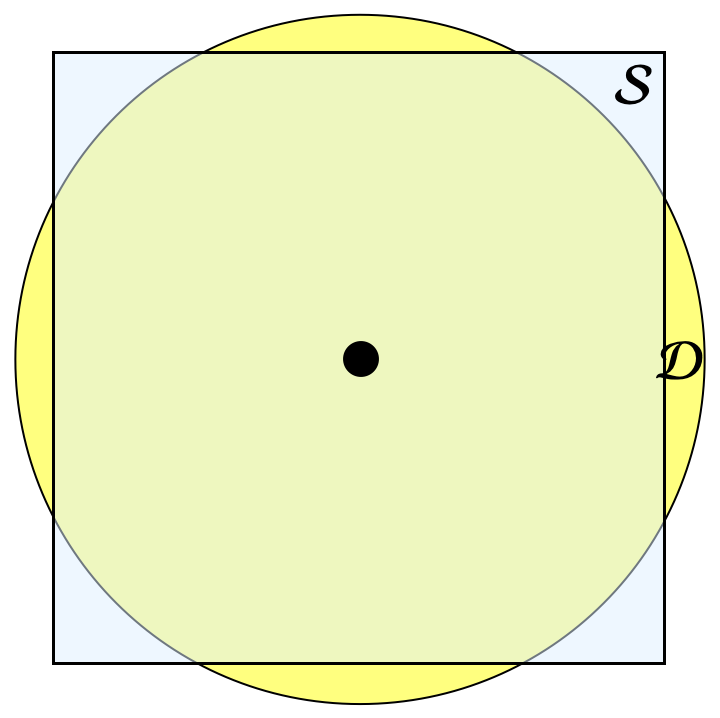I'd like to prove algorithmically the fact that the integral of $e^{-x^2 - y^2}$ evaluated over a circular disk, ${\cal D}$, is greater than over a square, ${\cal S}$, of the same area regardless of the (positive) area.
The basic comparative relation test would seem to be:
Integrate[Exp[-x^2 - y^2], {x, y} \[Element] Disk[{0,0}, Sqrt[area/ \[Pi]]]] >
Integrate[Exp[-x^2 - y^2], {x, y} \[Element] Rectangle[{-Sqrt[area]/2,-Sqrt[area]/2}, {Sqrt[area]/2, Sqrt[area]/2}]]]
I want to get a True output, but the above does not give it.
I've tried all forms such as Assuming[area > 0, ....] and Assuming[area \[Element] PositiveReals] and Reduce and Resolve and Simplify and FullSimplify, Subscript[\[ForAll], area > 0] ... in every combination, without success. I've also tried GreaterEqualThan[][] and related forms, again without success.
I can get the desired result if I assign area to some specific value, but I'd like to prove the relation regardless of the particular value.


Reduce? $\endgroup$;// AbsoluteTimingI get{0.349316, Null}$\endgroup$0.66sfor the first integral and13.4minfor the second one. Thanks for indicating @bmf. I made a mistake above as I was timing manually with a wall clock. $\endgroup$